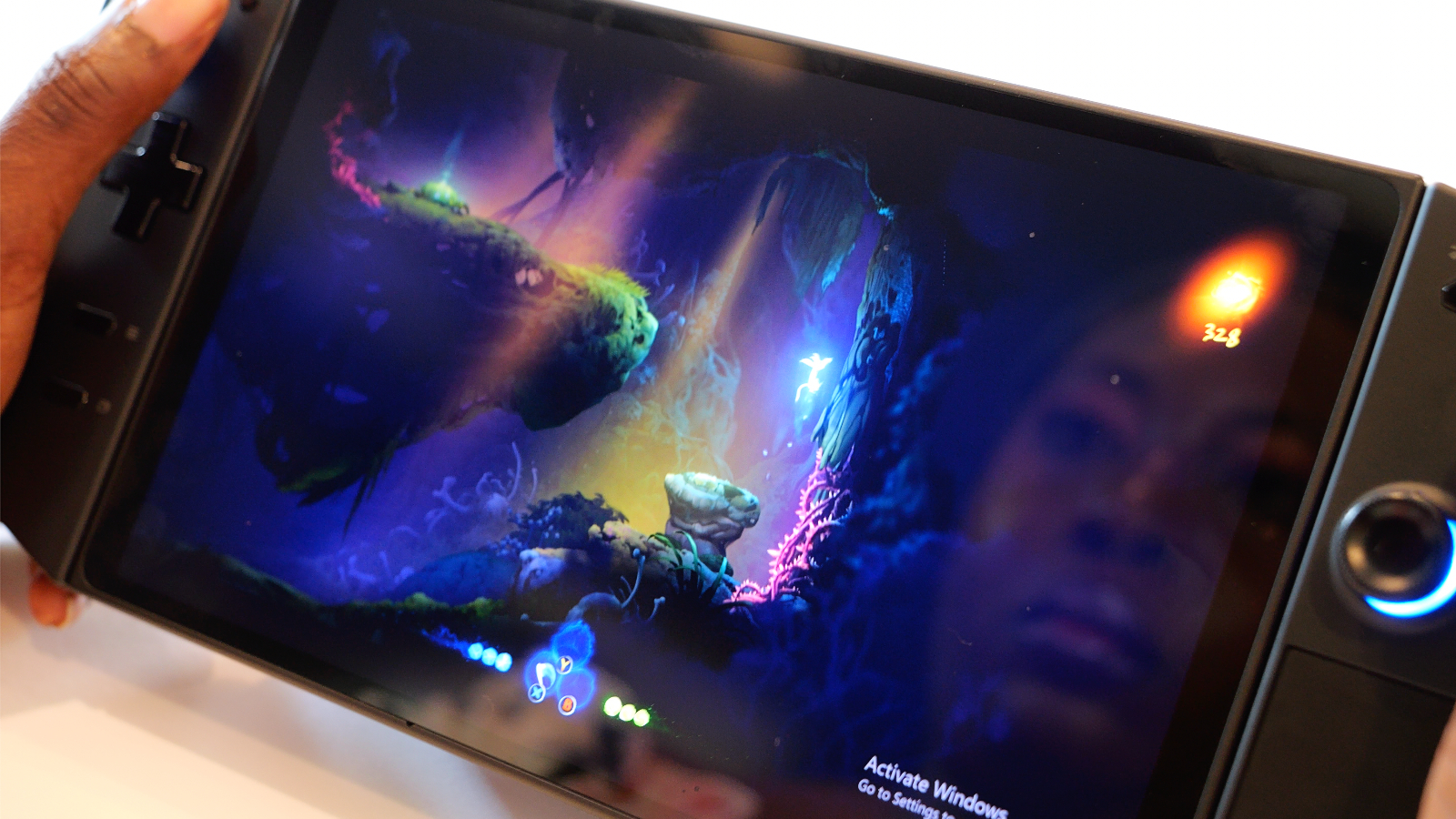
We know that a successor to the Lenovo Legion Go is in the works, and it's only a matter of time before we eventually have it in our hands.
In April, during the Lenovo Innovate 2024 conference in Thailand, we received official confirmation that the company would continue working on the Legion Go series.
Clifford Chong, Lenovo Gaming Category Manager, claimed then that "it's a product category that we do see potential in, and we continue to invest. We are looking towards the next generation, of course, to provide even more features when the time comes."
He also claims there are "engineering efforts to try to bring the next wave of features to the product." This implies that it's not something the company is planning but is actively working towards.
With the Lenovo Legion Go successor, it's less about" if" than "when."
We don't exactly know what the next Lenovo Legion Go will be, but there are rumors revolving around a Lite model from Windows Central's Jez Corden, who claimed it was in development,let's explore the Lenovo Legion Go successor according to unnamed sources.
With that in mind, let us dig deeper and see what exactly the Lenovo Legion Go successor will be, including details on its expected price, release date, design, performance, and more.
Lenovo Legion Go successor: Expected release date
The original Lenovo Legion Go launched on October 31, 2023. If it is a more affordable version of the original, like the Nintendo Switch Lite, we can see the Lenovo Legion Lite following a similar fall release date.
It's possible that a Lenovo Legion Lite will launch alongside the next generation, which might mean we won't see it until 2025.
This would also make for a good mid-cycle refresh in the vein of the Asus ROG Ally X, fulfilling a yearly release cycle while it works on a proper successor.
Alternatively, it's possible that a Lenovo Legion Lite will launch alongside the next generation, which might mean we won't see it until 2025.
The reasoning for this would be to bring a more affordable, feature-lite version of the successor but still have it feel "next-gen," which is something the company didn't do with its current generation (its most affordable model started at $699).
Lenovo Legion Go successor: Price
Determining the price of a device that could be two different things is a tad challenging, so we'll explore both possibilities and come to different conclusions based on that information.
It's most likely that the device will be the Lenovo Legion Go Lite, as has been rumored. If this is the case, we know it cannot be more expensive than the current Lenovo Legion Go models, which start at $699 and are often discounted at $599.
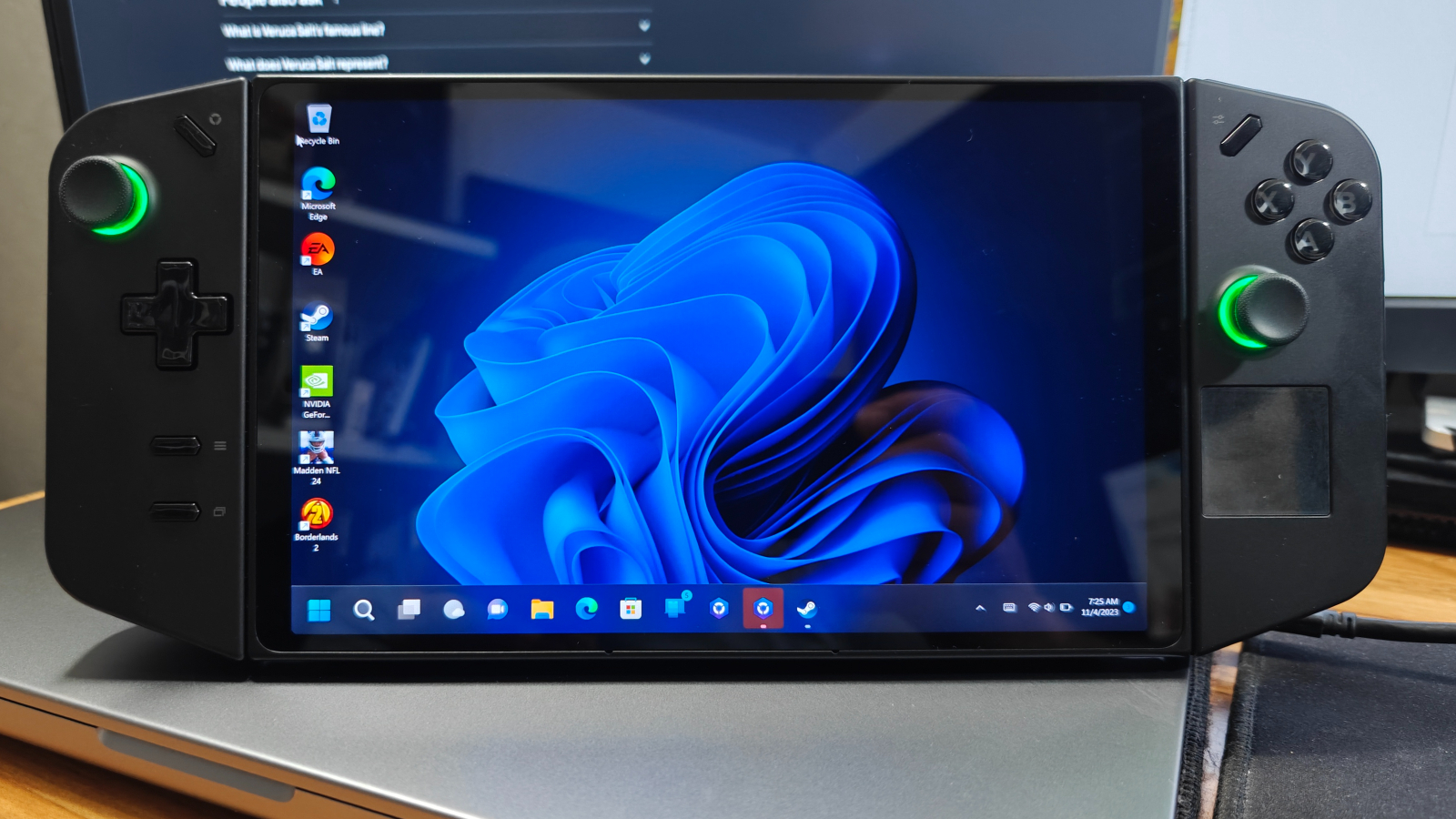
There's no way the Legion Go Lite would cost as much as the discounted version of its currently cheapest model, so we anticipate we're looking at least $500 or less for its price. $550 is technically also possible, but selling a Lite version that's only $50 cheaper would be hard.
If a Lenovo Legion Go Lite eventually launches, we expect it to cost between $399 and $499.
To go even further, we anticipate it might attempt to compete with the cheapest model of the Asus ROG Ally, which is at a base price of $499 but is often discounted at $399.
Essentially, if a Lenovo Legion Go Lite eventually launches, we expect it to cost between $399 and $499.
If the successor isn't a Lenovo Legion Go Lite, it will probably match the initial launch prices for the Lenovo Legion Go. The 512GB model costs $699, while the 1TB version costs $749.
Perhaps the cost will increase slightly to match the features of the $799 Asus ROG Ally X (which boasts 24GB of RAM and an 80Wh battery), but we don't expect it to exceed $800.
Lenovo Legion Go successor: Design
Considering the Lenovo Legion Go Lite's name, we can infer that it will be "lighter" in either features, hardware, or design. Its design could match other Windows gaming handhelds more closely, considering the base Legion Go is the only competitor with detachable controllers and a back stand.
By making it a gaming handheld without detachable parts, the company could save money and appeal to a crowd interested in something more affordable.
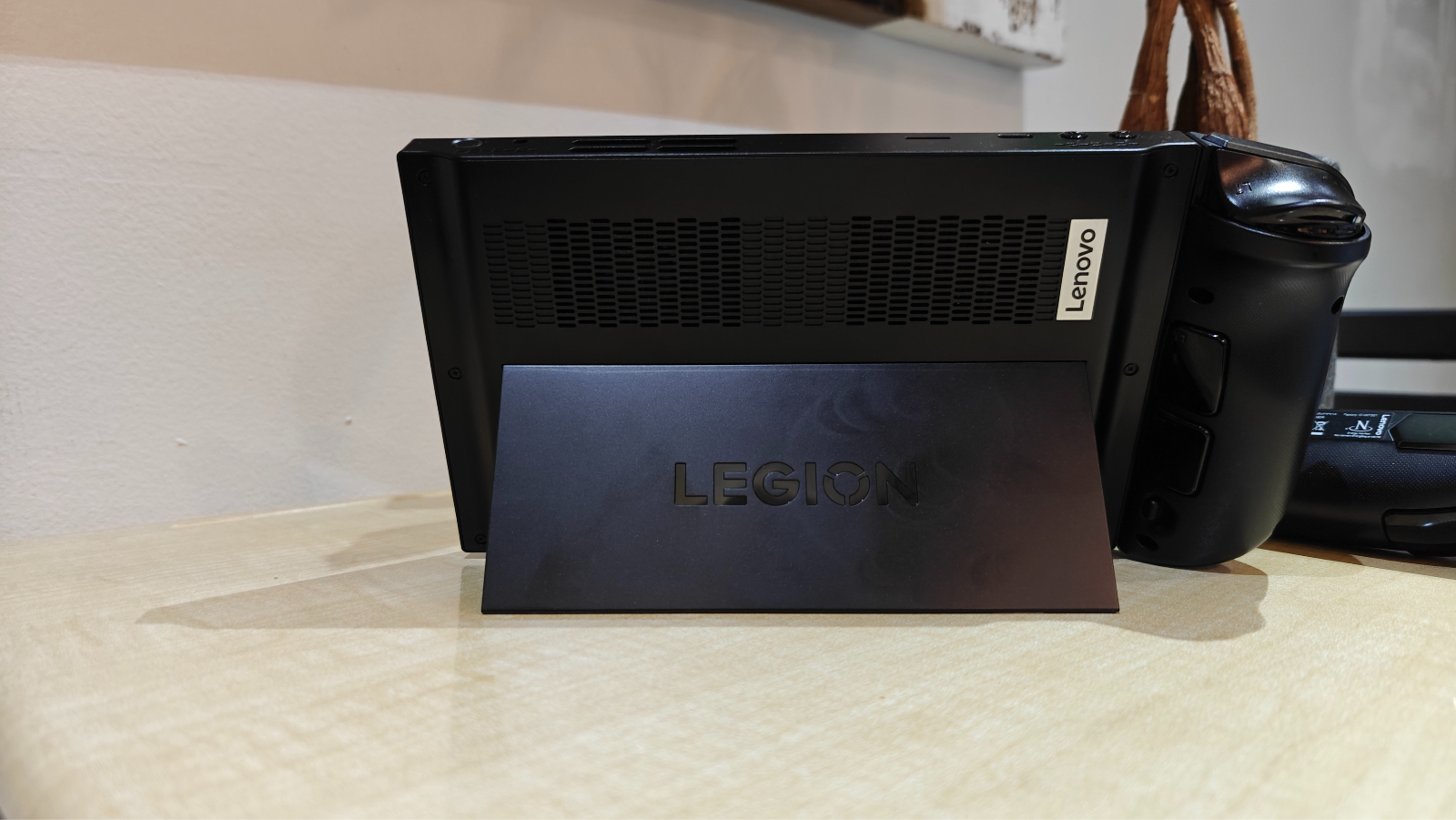
This is exactly what Nintendo did with the Nintendo Switch Lite, removing the dock, back stand, and detachable joy-cons from the picture, allowing for a more focused design that's perfect for those who just want the handheld and nothing else.
Insofar as the design goes, a leak discovered by VideoCardz was believed to have confirmed the lighter design, with information revolving around dual fans, HDMI, and a 7-inch display (rather than the current 8.8-inch model).
However, an official response on Reddit from Lenovo's Senior Gaming Product Manager, Ben Myers, suggests that this was probably "an FAQ document written at launch last year (that could have used some better proof-reading) being overlooked until someone recently stumbled upon it and jumped to conclusions."
Myers doesn't explicitly say that what's shown here is incorrect, but the implication is that it's outdated and likely doesn't reflect an upcoming product.
A smaller display makes sense, though, especially if the company truly does remove the detachable controllers and instead turns it into a more focused handheld experience.
Lenovo Legion Go successor: Performance and graphics
The ultimate question about the Lenovo Legion Go successor's appearance is, "What's powering it?"
Based on Windows Central's unnamed sources claim that the Lenovo Legion Lite would be powered by the same Ryzen Z1 series as the original is, which could mean either a base Z1 or Z1 Extreme.
If we assume it's going the most affordable route, Z1 will make sense, as this is what powers the cheapest Asus ROG Ally model.
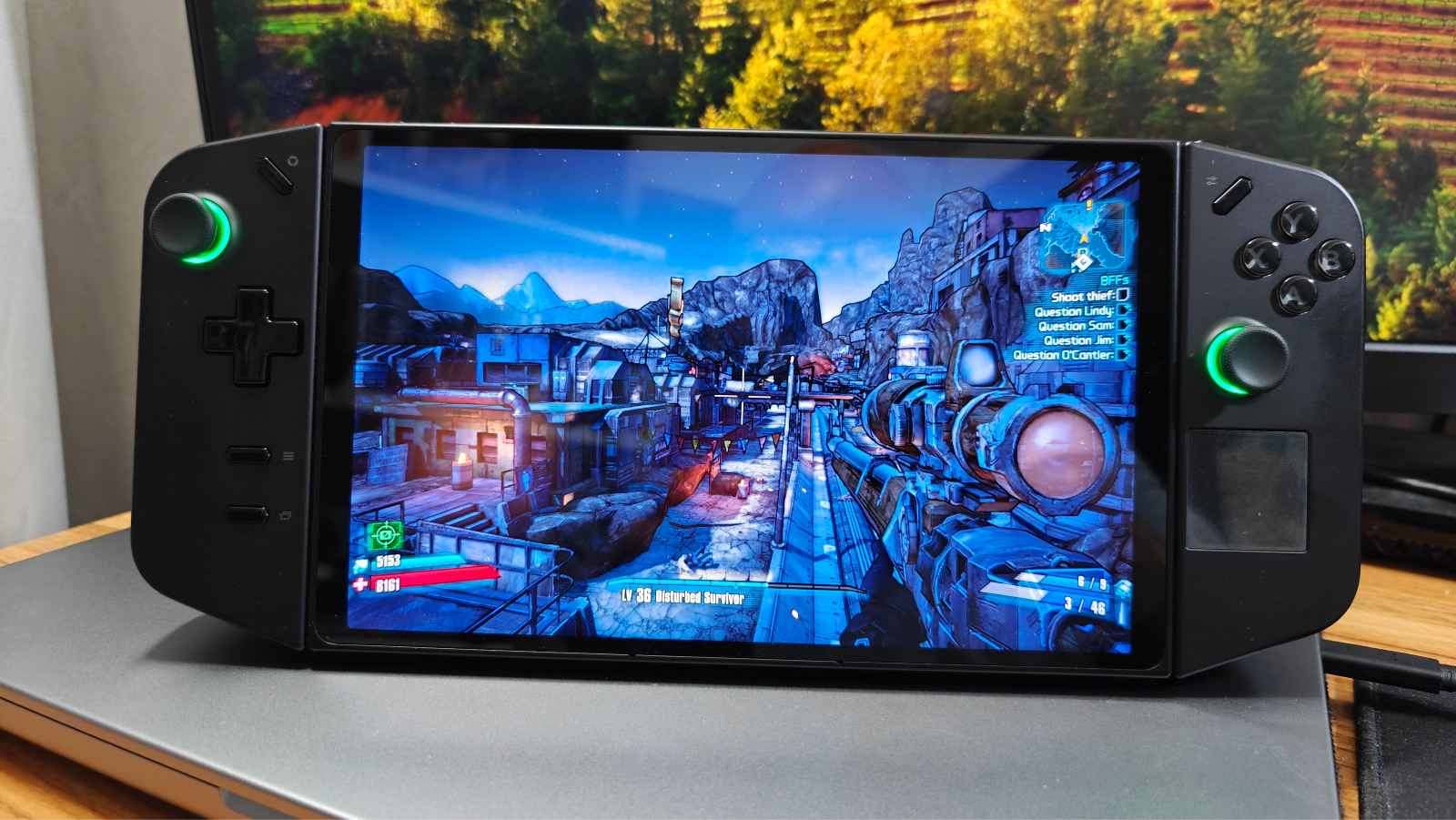
However, if the upcoming successor is not the Lenovo Legion Go Lite, there are plenty of other possibilities. Lenovo will most likely stick with AMD, which means we might be waiting until the next generation of mobile gaming processors launches. This doesn't necessarily mean a successor to the Ryzen Z1, as other gaming handhelds have implemented alternate options.
If the upcoming successor is not the Lenovo Legion Go Lite, there are plenty of other possibilities.
For example, the upcoming Zotac Zone features an AMD Ryzen 7 8840U with integrated AMD Radeon 780M graphics. Considering this is based on the same RDNA 3 architecture as the Ryzen Z1, it's not enough to count as a "next-generation" upgrade, but it's worth considering.
However, based on an upgraded AMD RDNA 3.5 architecture, the AMD Strix Halo APU does exist and could potentially power future Windows gaming handhelds. Considering it can feature up to 40 RDNA 3.5 Compute Units versus the Z1 Extreme's 12 RDNA 3 Compute Units, we could see a considerable performance boost with the next generation.
Expectations also revolve around AMD RDNA 4, which is currently rumored. X user Kepler_L2 claims that RDNA 4's ray tracing is "completely different" from RDNA 3, which was an iteration of RDNA 2's technology.
If we ever see an AMD Ryzen Z2 and Z2 Extreme, it may run on RDNA 3.5 or RDNA 4, bringing a whole new degree of power to Windows gaming handhelds.
Lenovo Legion Go successor: Predicted features
We can speculate tons about the Lenovo Legion Go successor, and even think about what the Lite model will look like. Due to how much technology has moved along since the launch of the first Windows gaming handheld consoles, we hope Lenovo will implement some of these improvements.
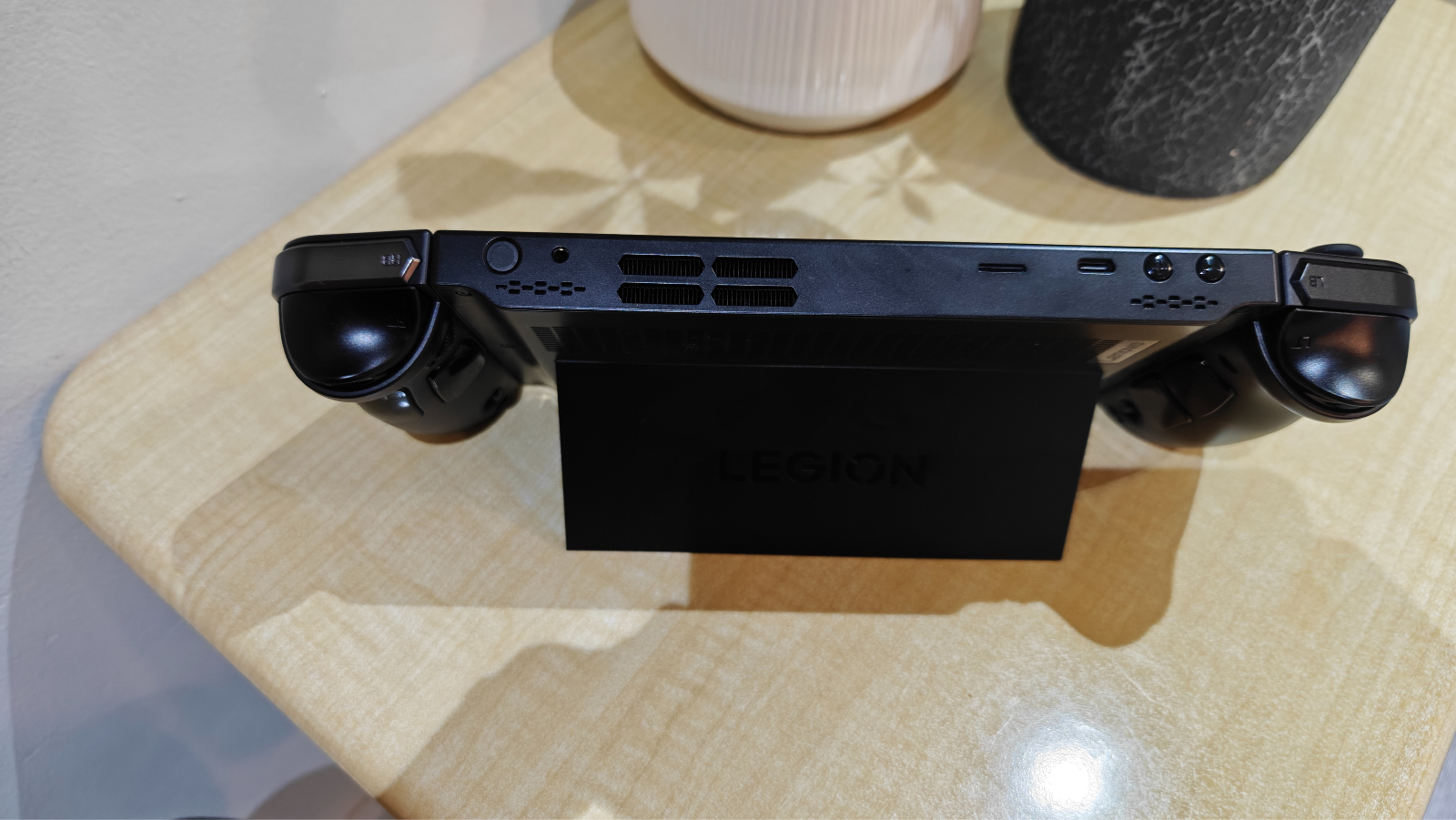
The first theory revolves around Samsung's new new class of LPDDR5X RAM, which features a 10.7 gigabits-per-second speed, versus the Lenovo Legion Go's 7,500 megabytes-per-second. It's also smaller, and Samsung suggests it features "25% higher performance, 30% more capacity, and 25% higher power efficiency."
The second theory focuses on the incredible longevity that has come out the Asus ROG Ally X, as its upgrade from a 40Wh to 80Wh battery nearly doubled its battery life. While the Lenovo Legion Go was already a bit ahead with its 49.2Wh battery, we absolutely need to see it hit the highs of its competitors. Even the upcoming MSI Claw 8 AI Plus will feature an 80Wh battery, so Lenovo has no reason not to follow suit.
If we're talking about the Lenovo Legion Go Lite specifically, our third theory revolves around a less powerful display. After all, if the company plans to make an affordable alternative, the 8.8-inch, 2,560 x 1,600-pixel display at 500 nits with a 97% DCI-P3 rating that is available on the original Legion Go might no longer be viable. Most other Windows gaming handhelds boast a 7-inch, 1,920 x 1,080-pixel display that is nowhere near as colorful.







